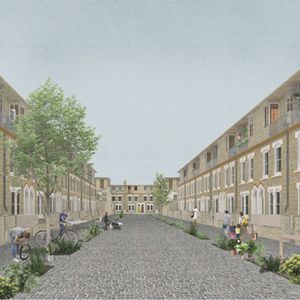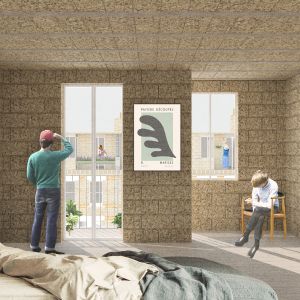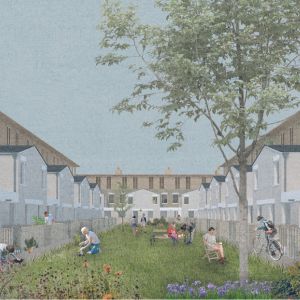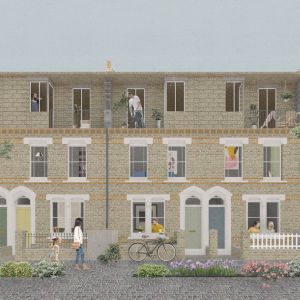
Rethinking the Terraced House
In articulating the definition of a home, one can be afforded latitude. There are universally contrasting and compelling interpretations, rationales and affections on what defines a home. Over the past 20 years we have completed a variety of deeply personal housing projects that have few similarities other than their primary function.
Our practice has become synonymous with working with existing buildings and implementing contemporary planes of intervention within historic edifices. We are consistently evolving the nuance of what makes a successful home in the 21st century, referencing what has gone before. Arguably, some of the most relied upon existing infrastructure in the UK are terraces and tenement blocks dating back to the Victorian era. We therefore decided to question their relevance en masse as functional living spaces in present day.


We undertook a study, analysing existing housing stock; some of which has been depended on with minimal change for the past 100 years. Terraced houses comprise approximately one in six of all buildings in the UK, and their ubiquity forms an invaluable collective memory of our cities and towns. Despite being revered, they are unequipped for contemporary living, falling short of annual national targets to reduce greenhouse gas emissions. Poor energy efficiency, insufficient insulation and antediluvian floor plans are inherent flaws that need to be addressed.
These facts challenge us to define the home in a different light. A home is not only a place to retreat, consolidate, converse, rest, celebrate and thrive. A home is a benchmark for what we are doing well and an embodiment of what we want to do better in the construction industry, for improved quality of life and a greener future.
In response to this we created a scheme which addressed the terraces of West Kilburn, London, and how they can be adapted; continuing their longevity and legacy as practical homes. We proposed an additional cork floor which would not only increase floor area but also act as a thermal hat, retaining heat throughout increasingly extreme winters. A natural insulation retrofit throughout and reorientation of internal walls were integral to the design. Modularity, adaptable space and improved configuration would heighten connection to place.


In drafting this blue-print proposal, we strived to address the balance between what we want our homes to be and what the earth needs our homes to be. A mass shift in mindset is required by architects, planners and councils to maximise what we have with foresight. In this regard, it is imperative that good design can be the solution in creating energy efficient, comfortable and sophisticated homes that are formed with future in mind.
Jonathan Tuckey, Director, Jonathan Tuckey Design